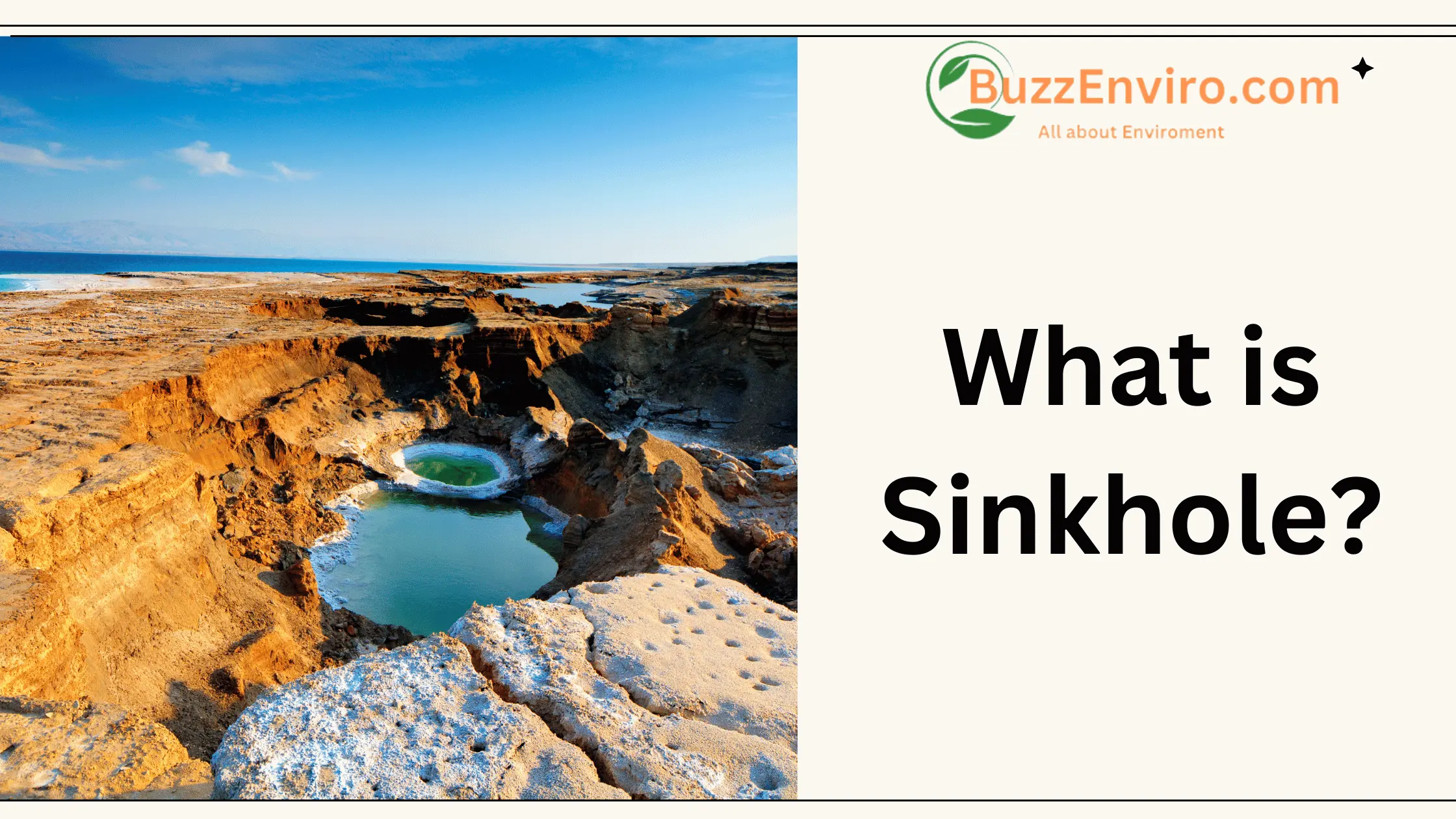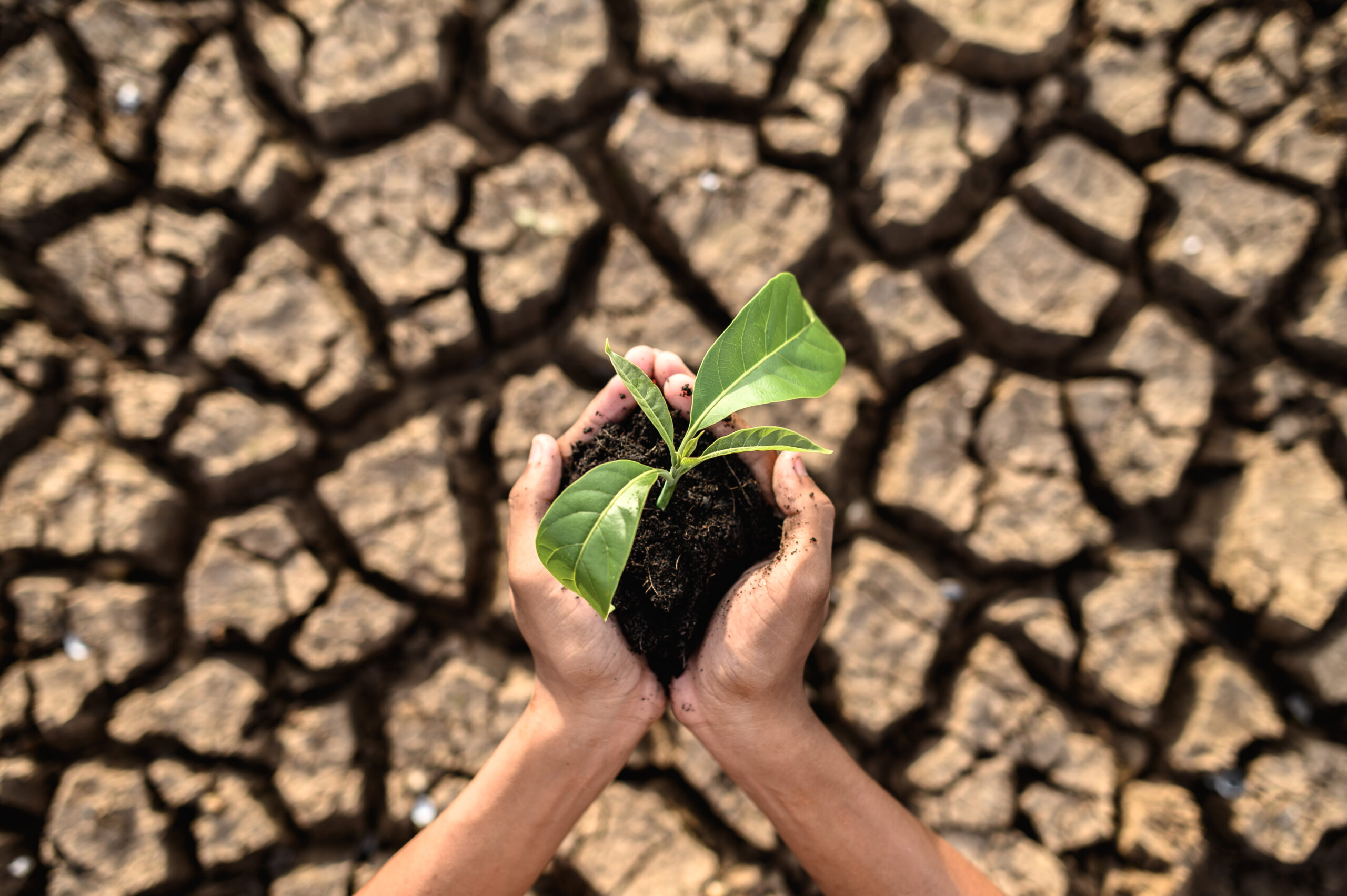Have you ever heard of Sinkhole?
These natural phenomena might sound like something out of a fantasy novel, but they are very real and can have significant impacts on the environment and human infrastructure. In this blog, we’ll delve into what sinkholes are and how they form, uncovering the fascinating geological processes behind them.
What is Sinkhole?
A sinkhole is a depression or hole in the ground caused by the collapse of surface material into underground cavities. They can range in size from small depressions to massive chasms, and they occur all over the world. Sinkholes are particularly prevalent in areas with soluble bedrock, such as limestone, gypsum, or salt deposits, which are prone to dissolution by water.
Causes of Sinkhole
Sinkholes are typically caused by a combination of natural and human-made factors. The most common causes of sinkholes include:
1. Dissolution of Underground Rock
Sinkholes often form in areas where the ground is made up of soluble rock, such as limestone or dolomite. Over time, groundwater can dissolve the rock, creating large cavities underground. When the weight of the ground becomes too much for the cavity to support, it collapses, causing a sinkhole.
2. Human Activity
Human activity can also contribute to the formation of sinkholes. Activities such as mining, drilling, and construction can weaken the ground and make it more susceptible to collapse. In addition, excessive pumping of groundwater can also cause sinkholes by reducing the amount of support that the ground has.
3. Collapse of Surface Materials
As the underground cavities expand, they may eventually reach the surface. When this happens, the overlying soil and rock lose their support and can collapse into the void below, forming a sinkholes.
How to Recognize Sinkholes
Sinkholes can appear suddenly or gradually over time. Some signs that you may have a sinkholes on your property include:
1. Depressions or holes in the ground
Sinkholes often appear as depressions or holes in the ground, ranging from a few inches to several feet in diameter.
2. Cracks in the foundation or walls of buildings
Sinkholes can cause damage to buildings, such as cracks in the foundation or walls. If you notice any new cracks or gaps in your home, it may be a sign of a sinkholes.
3. Sinking or tilting of trees, fence posts, or other structures
Sinkholes can cause structures to sink or tilt, such as trees, fence posts, or retaining walls.
4. Changes in the landscape
Changes in the landscape, such as sudden dips or changes in the slope of the ground, it may be a sign of a sinkholes.
How to Prevent a Sinkholes?
While sinkholes cannot always be prevented, there are some steps you can take to minimize the risk of sinkhole formation:
1. Properly dispose of waste

Improper disposals of waste, such as dumping chemicals or other hazardous materials, can contribute to the formation of sinkholes. Make sure to properly dispose of waste and follow all local regulations.
2. Reduce groundwater pumping

Reducing groundwater pumping can help to prevent sinkholes by reducing the amount of support that the ground has.
3. Maintain proper drainage
Proper drainage can help to prevent by ensuring that water does not accumulate in one area and weaken the ground.
4. Regularly inspect your property
Regularly inspecting your property can help you identify any signs of sinkholes formation early on and take appropriate action.
Conclusion
Sinkholes can be a dangerous and costly problem for homeowners and communities. They can be caused by a combination of natural and human-made factors, and it’s important to recognize the signs of a sinkholes early on. By taking steps to prevent sinkholes, such as properly disposing of waste, reducing groundwater pumping, maintaining proper drainage, and regularly inspecting your property, you can help minimize the risk of sinkholes formation and protect your home and community.





